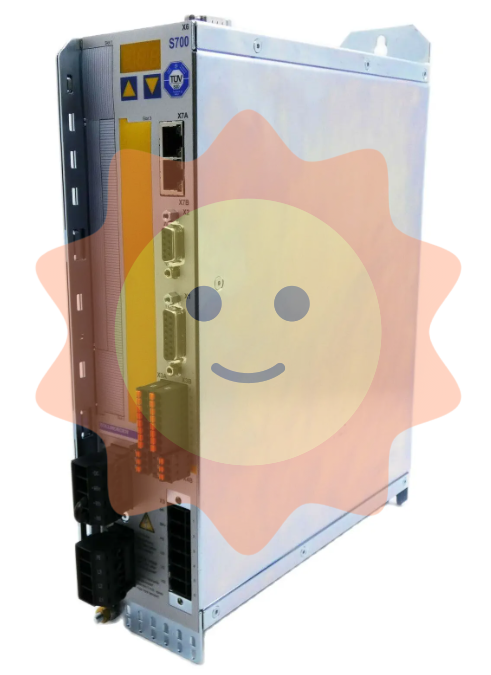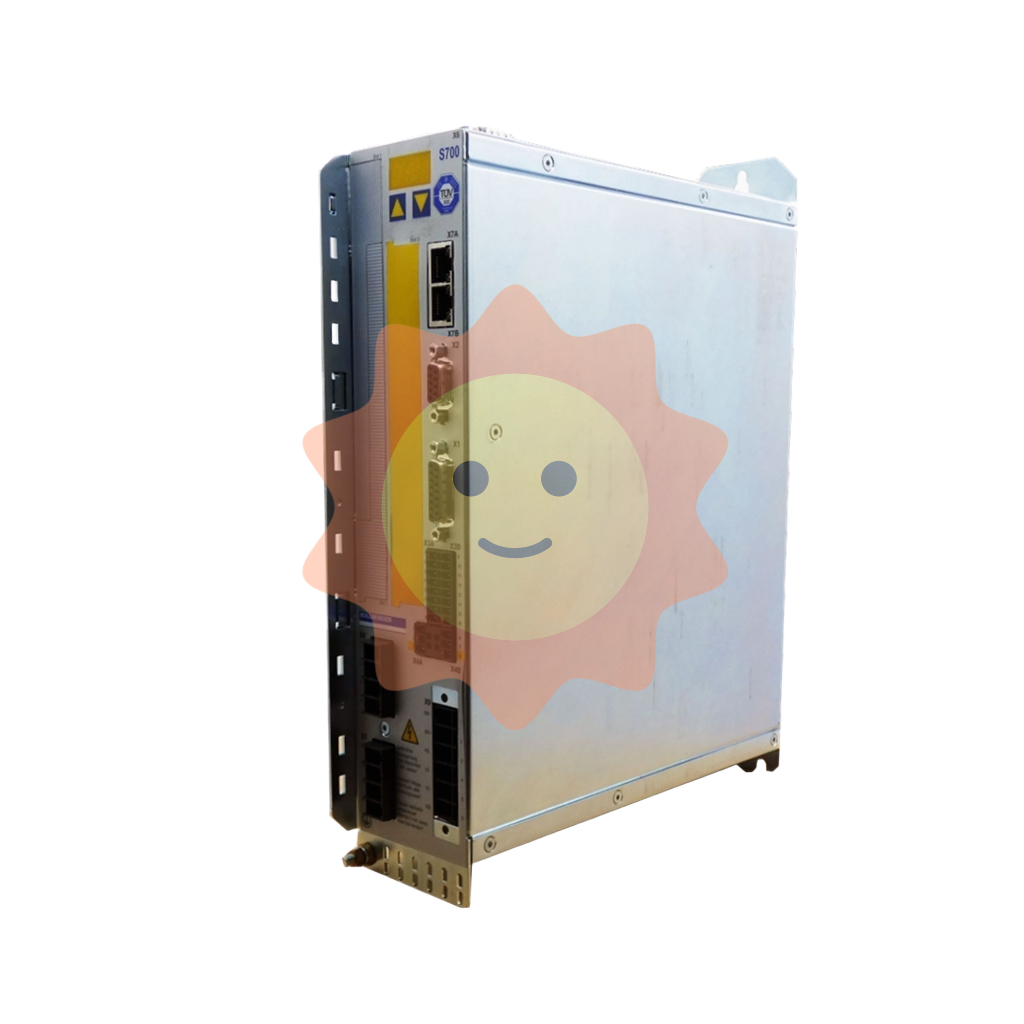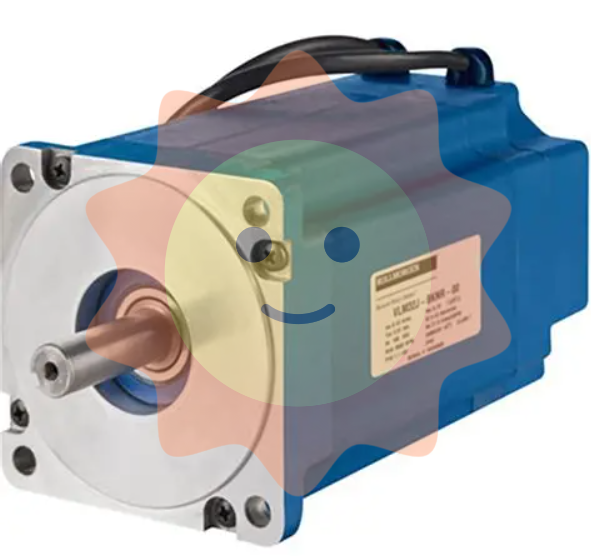The working structure of nuclear power plant and its working principle
First, atoms and nuclear energy
Nuclear energy is the energy produced by the recombination and arrangement of atomic particles, also known as atomic energy. Nuclear energy is essentially a transfer of mass and energy... The main characteristic of nuclear energy is: high concentration of energy. The energy produced by the entire fission of 1t of uranium-235 is about equal to the energy released when 2.4 million tons of standard coal is burned.
Second, the working principle of nuclear power plants
Nuclear power plants currently in commercial operation use nuclear fission reactions to generate electricity.
Nuclear power plants are generally divided into two parts: nuclear islands that use nuclear fission to produce steam (including reactor units and primary circuit systems) and conventional islands that use steam to generate electricity (including turbo-generator systems). The fuel used in nuclear power plants is usually radioactive heavy metals: uranium and plutonium.
Now the most common civil nuclear power plants are mostly pressurized water reactor nuclear power plant, its working principle is: the nuclear fuel made of uranium in the reactor fission and release a lot of heat; Circulating cooling water at high pressure takes the heat out and generates steam inside the steam generator, which spins the generator and generates electricity.

3. Working equipment of nuclear power plant
The main pump: If the coolant in the reactor is compared to human blood, the main pump is the heart. Its function is to send coolant into the reactor and then through the steam generator to ensure that the heat generated by the fission reaction is transferred in time.
Pressurizer: Also known as pressure balancer, is used to control the pressure changes of the reactor system equipment. In normal operation, it plays the role of maintaining pressure; Provides overpressure protection in the event of an accident. The pressurizer is equipped with a heater and spray system, when the pressure in the reactor is too high, spray cold water to reduce the pressure; When the pressure in the reactor is too low, the heater is automatically energized to heat the water to increase the pressure.
Steam generator: Its role is to pass the heat of the coolant through the reactor to the secondary circuit water, and make it into steam, and then into the cylinder of the turbine generator for work.
Containment: Containment is used to control and limit the spread of radioactive materials from the reactor to protect the public from radioactive materials. In the rare event of a loss of water in the primary reactor, the containment vessel is the last barrier to prevent the release of fission products into the surrounding area. The containment is generally a thick-walled prestressed concrete vessel lined with steel plates.
Steam turbine: The steam turbine generator used in nuclear power plant is much the same as that used in conventional thermal power station in structure, but the difference is that because the steam pressure and temperature are lower, the turbine volume of the same power unit is larger than that of conventional thermal power station.
Emergency cooling system: In order to cope with the extreme water loss accident caused by the rupture of the primary main pipeline of the nuclear power plant, modern nuclear power plants have emergency cooling systems. It consists of an injection system and a containment spray system. Once the signal of an extreme water loss accident is received, the safety injection system injects high-pressure boron-containing water into the reactor, and the spray system sprays water and chemicals into the containment vessel. It can mitigate the consequences of accidents and limit the spread of accidents.
Nuclear reactors
The interior of a nuclear power plant is usually composed of a primary circuit system and a secondary circuit system. The reactor is the core of a nuclear power plant. The thermal energy released during reactor operation is carried out by the coolant in the primary system to produce steam. Therefore, the entire primary system is called the "nuclear steam supply system", which is equivalent to the boiler system of a thermal power plant. To ensure safety, the entire primary circuit system is housed in a closed building called a containment, so that safety will not be affected during normal operation or in the event of an accident. The second circuit system of generating power by steam driven turbine generator set is basically the same as that of steam turbine generator system in thermal power plant.

First, the concept of hot reactor
After the neutron into the original nucleus of uranium-235, the nucleus becomes unstable and will split into two new nuclei of smaller mass, which is the nuclear fission reaction, and the energy released is called fission energy; As well as producing a huge amount of energy, it also emits two or three neutrons and other rays. These neutrons then penetrate into other uranium-235 nuclei, causing new nuclear fission, which in turn produces new neutrons and fission energy, and so on, forming a chain reaction. Reactors built using the principle of nuclear reaction need to slow down the neutrons released during fission, and then cause new nuclear fission, because the speed of the neutron and the thermal motion of the molecule reach a balance state, this neutron is called thermal neutron. A reactor in which the fission is mainly caused by thermal neutrons is called a thermal neutron reactor (referred to as a hot reactor). Thermal reactor, which uses a moderator to slow down fast neutrons.
Second, the type of power generation pile
Since the advent of nuclear power plants, there are three main types of power generation reactors that are mature in industry: light water reactors, heavy water reactors and graphite steam cooled reactors. They are used in three different types of nuclear power plants, forming the backbone of modern nuclear power generation. Currently, most thermal reactors are so-called light water reactors that are moderated and cooled with light water. Light water reactor is divided into pressurized water reactor and boiling water reactor.
Boiling water reactor nuclear power plant working process: coolant (water) from the lower core flow in, along the process of rising up the core, from the fuel rods to get heat, so that the coolant into a mixture of steam and water, through the steam separator and steam dryer, the separated steam to drive the turbine generator set to generate electricity. The boiling water reactor is composed of a pressure vessel and its fuel element in the middle, a cross shaped control rod and a steam separator. Steam separator in the upper part of the core, its role is to separate steam and water droplets, prevent water into the turbine, causing damage to the turbine blade. The fuel and fuel assemblies used in a boiling water reactor are the same as those used in a pressurized water reactor. Boiling water acts as both moderator and coolant. Boiling water reactors differ from pressurized water reactors in that the cooling water is kept at a lower pressure (about 70 atmospheres), and the water passes through the core into steam at about 285 ° C and is directly introduced into the turbine. As a result, the boiling water reactor has only one loop, eliminating the need for a leak-prone steam generator, so it is very simple. In short, the biggest advantage of light water reactor nuclear power plant is that the structure and operation are relatively simple, small size, low cost, fuel is also relatively economic, with good safety, reliability and economy. Its disadvantage is that it must use low enriched uranium, and the countries that currently use light water reactors are mostly dependent on the United States and the Commonwealth of Independent States for nuclear fuel supplies. In addition, the utilization rate of natural uranium in light water reactors is low. If a series of light water reactors are developed, more than 50% of natural uranium is used than a series of heavy water reactors. From the point of view of maintenance, PWR is easy to maintain because the primary circuit is separated from the steam system, and the steam turbine is not contaminated by radioactivity. The boiling water reactor is the steam generated in the reactor directly into the turbine, so the turbine will be contaminated by radioactivity, so the design and maintenance in this respect is more troublesome than the pressurized water reactor.

According to its structure type, heavy water reactor can be divided into pressure shell type and pressure tube type. The pressure shell type coolant uses only heavy water, and its internal structural material is less than that of the pressure tube type, but the neutron economy is good, and the net output of the new fuel plutonium-239 is relatively high. This kind of reactor generally uses natural uranium as fuel, the structure is similar to the pressurized water reactor, but because of the large grid pitch, the pressure shell is much larger than the pressurized water reactor of the same power, so the maximum power of a single reactor can only be 300,000 kilowatts. Because the coolant in tubular HWR is not limited, heavy water, light water, gases, or organic compounds can be used. Its size is also not limited, although the pressure tube brings the associated absorbed neutron loss, but due to the large core, the neutron leakage loss can be reduced. In addition, the reactor facilitates non-stop loading and unloading and continuous refuelling, eliminating the need for control rods to compensate for burn-up. The pressure tube heavy water reactor mainly includes two kinds of reactors: heavy water moderating, heavy water cooling, heavy water moderating and boiling light water cooling. The structure of the two piles is roughly the same.
Fast reactor power plant
A nuclear power plant in which the heat released by a chain fission reaction caused by fast neutrons is converted into electricity. In operation, fast reactor not only consumes fissile material, but also produces new fissile material, and the production can be more than the consumption, which can realize the proliferation of nuclear fissile material.
At present, the world's commercial nuclear power plant reactors, such as pressurized water reactors, boiling water reactors, heavy water reactors, graphite gas cooled reactors, etc., are non-breeder types, mainly using fissile fuel, even if the reuse of converted plutonium-239 and other fissile materials, its utilization of uranium resources is only 1% to 2%, but in the fast reactor, In principle, uranium-238 can be converted to plutonium-239 for use, but considering various losses, the fast reactor can increase the utilization rate of uranium resources to 60 to 70 percent.
- EMERSON
- Honeywell
- CTI
- Rolls-Royce
- General Electric
- Woodward
- Yaskawa
- xYCOM
- Motorola
- Siemens
- Rockwell
- ABB
- B&R
- HIMA
- Construction site
- electricity
- Automobile market
- PLC
- DCS
- Motor drivers
- VSD
- Implications
- cement
- CO2
- CEM
- methane
- Artificial intelligence
- Titanic
- Solar energy
- Hydrogen fuel cell
- Hydrogen and fuel cells
- Hydrogen and oxygen fuel cells
- tyre
- Chemical fiber
- dynamo
- corpuscle
- Pulp and paper
- printing
- fossil
- FANUC
- Food and beverage
- Life science
- Sewage treatment
- Personal care
- electricity
- boats
- infrastructure
- Automobile industry
- metallurgy
- Nuclear power generation
- Geothermal power generation
- Water and wastewater
- Infrastructure construction
- Mine hazard
- steel
- papermaking
- Natural gas industry
- Infrastructure construction
- Power and energy
- Rubber and plastic
- Renewable energy
- pharmacy
- mining
- Plastic industry
- Schneider
- Kongsberg
- NI
- Wind energy
- International petroleum
- International new energy network
- gas
- WATLOW
- ProSoft
- SEW
- wind
- ADVANCED
- Reliance
- YOKOGAWA
- TRICONEX
- FOXBORO
- METSO
- MAN
- Advantest
- ADVANCED
- ALSTOM
- Control Wave
- AB
- AMAT
- STUDER
- KONGSBERG
- MOTOROLA
- DANAHER MOTION
- Bently
- Galil
- EATON
- MOLEX
- Triconex
- DEIF
- B&W
- ZYGO
- Aerotech
- DANFOSS
- KOLLMORGEN
- Beijer
- Endress+Hauser
- MOOG
- KB
- Moxa
- Rexroth


Email:wang@kongjiangauto.com


































































































